|
|
A Judge’s postcard view of Tate Hill pier with the Abbey dominating the skyline behind. Judith Brennan queries: “Is this Tate Hill Pier?” Researches reveal that Tate Hill pier has had several names over the centuries; originally Burgess pier (named after the Burgesses of Whitby who constructed the original structure) before trustees where appointed to manage the piers. It was also known as the Little pier till it was extended in 1766 to it’s present length of 105 yards.
Image courtesy of Joyce Dobson and Keith Bowers, thanks to Judith Brennan for the query. Additonal information courtesy of Whitby Literary and Philosophical Society and others.
Another postcard view believed to be of a market being set up in the Market Place. Judging by the vegetation either late or very early in the year, certainly not high summer.
Image courtesy of Joyce Dobson and Keith Dobson.
Another view of the Market Place with Riley’s emporium, Cammell’s shop, William Maxwell Race’s premises followed by the Golden Lion Hotel. The parked vehicles not having to obey the more ordered parking arrangements of today.
Image courtesy of Keith Bennison, Joyce Dobson and Keith Bowers.
Bearing the Loftus Council Crest this delightful view of two young ladies presumably in their best outfits on a walk. They would cause quite a stir if seen today!
Image courtesy of Joyce Dobson and Keith Bowers.
The heading for this post was taken from the title of this postcard. A truly rural scene, complete with we presume the farmer (in white hat and light coloured coat) to supervise the gathering in of the hay. It is believed to include members of the Hart family from Hummersea farm.
Image courtesy of Joyce Dobson and Keith Bowers.
An early image of the eastern end of High Side from Arlington Street.
Image courtesy of Mrs Sakelaropoulos; also Joyce Dobson and Keith Bowers.
British soldiers scramble from the trench, heading for the barbed wire, leading to no mans land and the waiting machine guns.
The clean comfortable condition of the trench would suggest the Germans were planning to stay a long time; in contrast with the British trench system, where soldiers were discouraged from getting too comfortable and reluctant to get out of the trench and attack. Alan Burgess asks: “I came across your website while researching a name – William Sanderson- of Loftus, who served in the RAMC in world war one. He served with my grandfather, Robert Thornton; while they were serving together my grandfather kept a couple of sheets of handwritten notes and mentioned that ‘Sandy’ had won a military Medal for ‘..rescuing officers in the field’. I was wondering if anyone had any further information and possibly a photograph, I have a selection of photographs (from my grandfather) one of these may be of William Sanderson and my Grandfather but I’m not sure. I would appreciate any information.”
Many thanks to Alan Burgess for the update, can anyone assist in his researches?
Skinningrove ironworks, was targeted several times during the great war by Zeppelin Airships. A raid by German Naval Airship L.9. Commanded by Kapitanleutnant Odo Loewe, on the 8th september 1915, Dropped bombs on the Benzol house part of the coke ovens, and Blast Furnaces. fortunately missing the T.N.T. plant. ‘Zeppelins over Skinningrove’ another post on the Archive gives a perspective as to the actual raids during World War I.
The stark ruins of Ypres, fought over for four years, the remains of the town were rebuilt after the war.
|
|
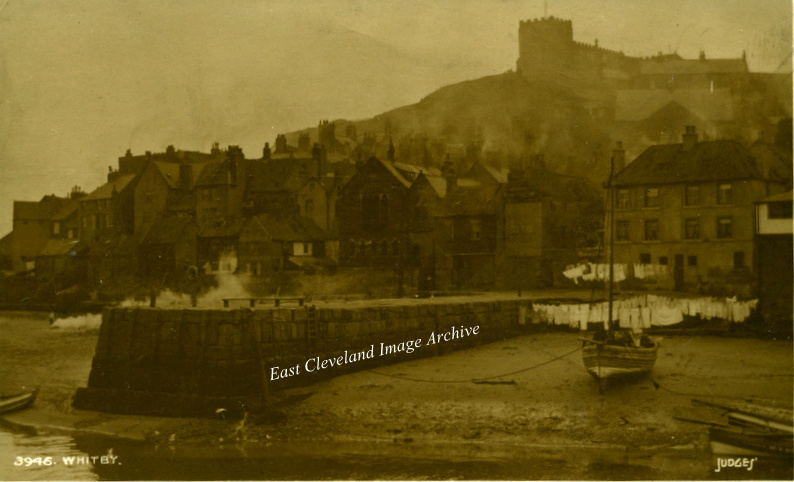
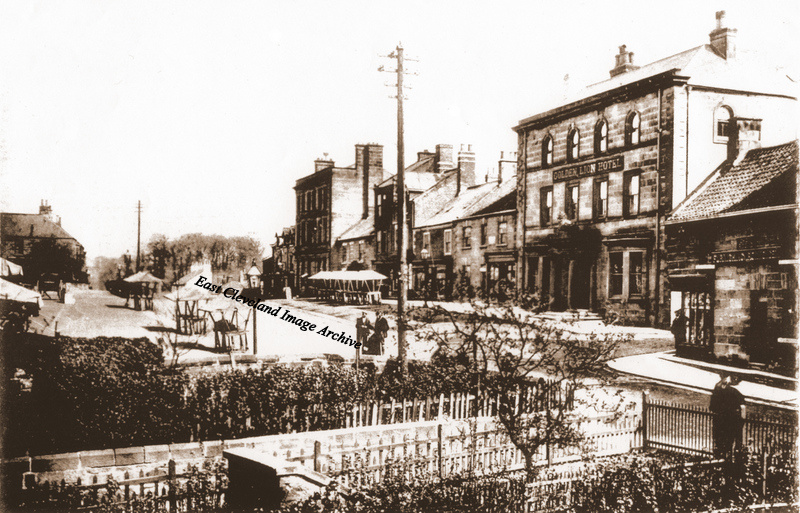
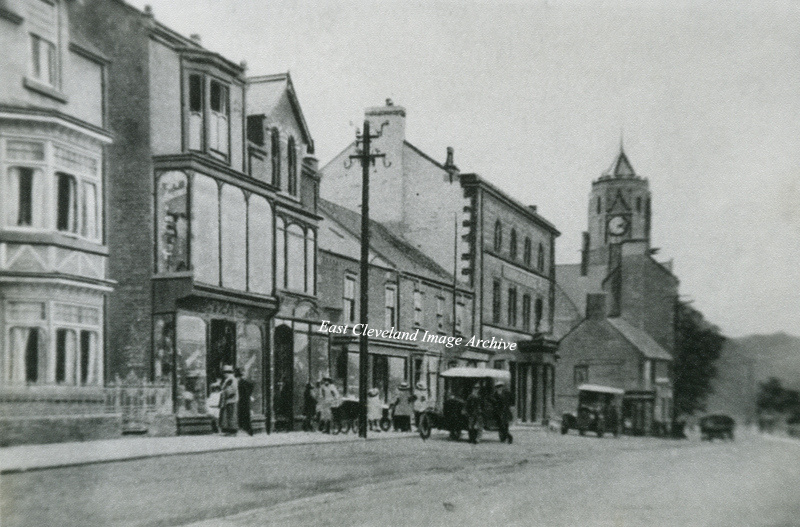
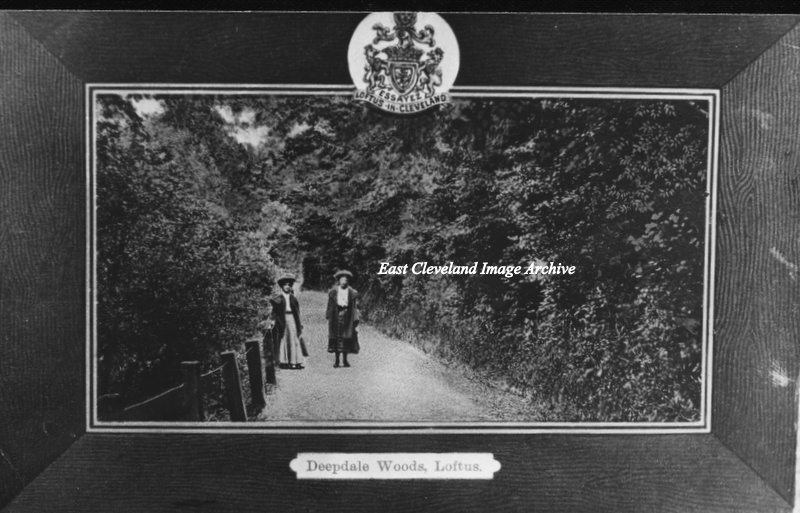
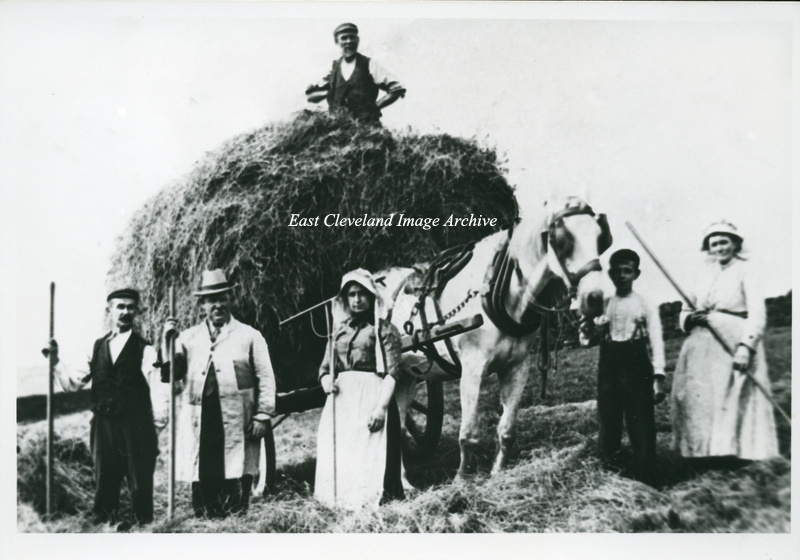
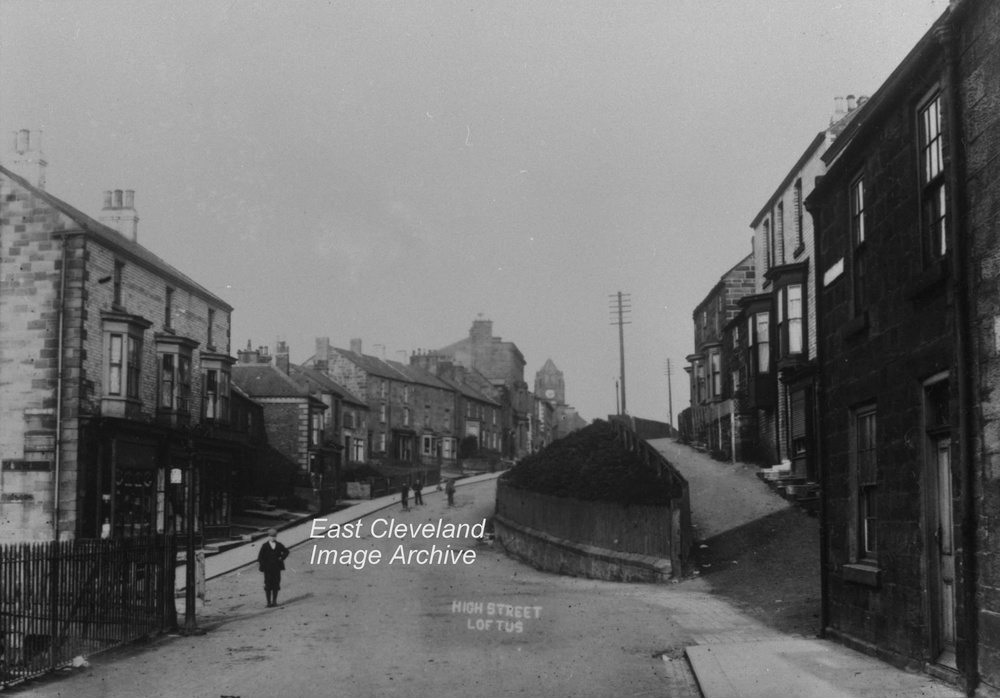
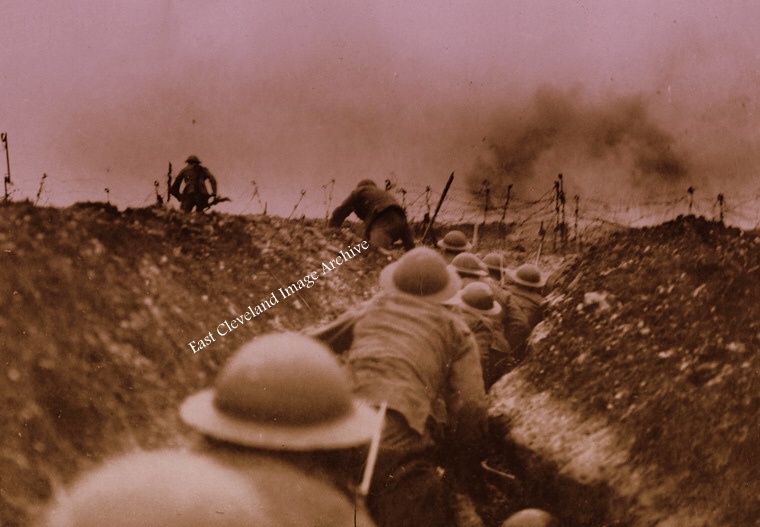
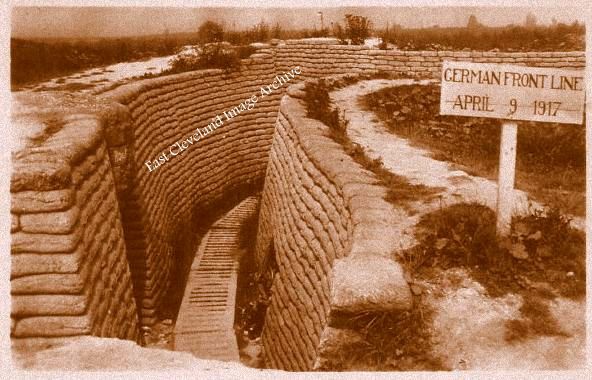
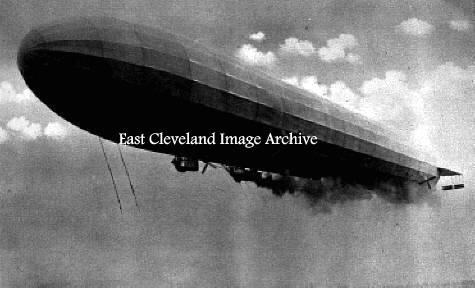
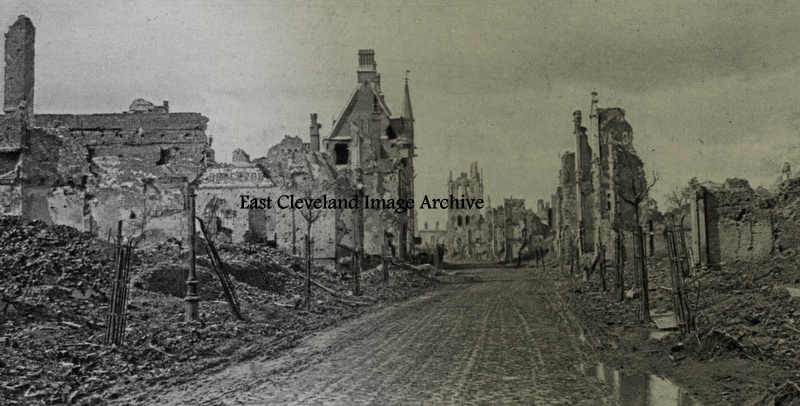
Recent Comments